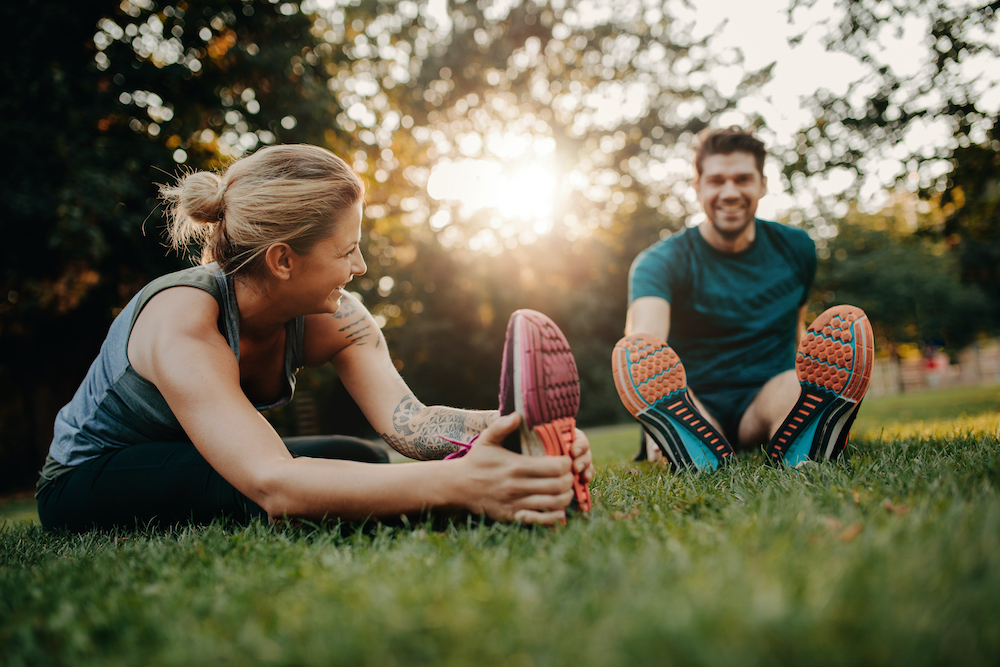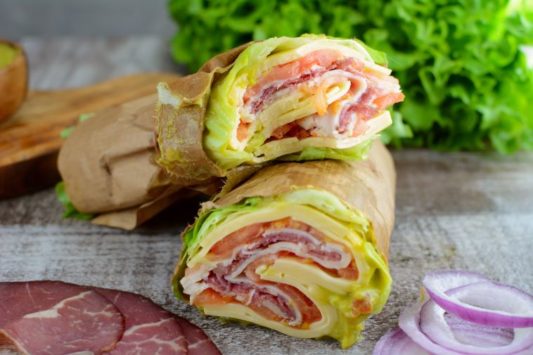WHAT IS INTERMITTENT FASTING?
Intermittent Fasting (IF) is a particular style of fasting which is suitable for active lifestyles. As the name suggests, IF uses an intermittent approach to windows of eating, with periods of fasting.
WHY, WHEN, AND HOW COULD YOU USE IF?
You may have heard of the Warrior Diet, Lean Gains, or Eat Stop Eat. These are all popularised versions of intermittent fasting. The Warrior Diet suggests 20 hours of underfeeding, followed by 4 hours of overfeeding. Lean Gains is a 14-16 hour fast and a 8-10 hour feeding window. Eat Stop Eat has you fasting for a full 24 hours 1-2 times per week.
For athletic people we like the 16/8 approach. Here’s how the most common approach to IF is set up:
16 hours of fasting (to include time asleep)
8 hours of eating
That might look like this:
- Final meal at 9pm
- Sleep
- Wake up, get on with your day (water and black coffee are fine)
- First meal at 1pm
- Eat your normal caloric allowance between 1-9pm
This cycle can be repeated every day, but most people do it 1-3 times per week (often to coincide with rest days from training).
WHY IS IF POPULAR IN FITNESS CIRCLES?
This style of fasting is not extreme. It’s actually pretty appealing, especially if you have a busy schedule and don’t feel hungry in the morning. We naturally fast overnight – often for around 12 hours anyway. IF delays breakfast a little, and extends the natural fasting window by four hours. Some people find the idea appealing.
Some Intermittent fasting benefits
- Meet your macros: a small eating window means fewer meals, which could help you hit your caloric goals
- Larger meals: eating all your food in 8 hours means bigger portions (no more mini-meals)
- Stop thinking about food: more focus, more productivity, and less distraction
- Understand true hunger: fasting could get you back in tune with your body
- Lifestyle benefits: less food prep, washing up, and carrying food with you
- Ignore the distractions: stop being tempted by the overwhelming availability of convenience food
WHAT ABOUT TRAINING AND FASTING?
If you usually train fasted, then training on IF is no problem at all. Just make sure your post-workout meal comes 16 hours after your final meal the night before. Prioritise meal quality and macronutrients as normal, with carbs and protein for your post-workout meal. A slow-release protein powder like Micellar Casein would be a great choice for fasting days.
The benefit of training on an IF day is that you can actually eat more food after training, because you’ll have more of your daily macros to use up. You might feel hungry on some fasting days. Stock up on Chia Seeds and Psyllium Husks, which are high in fibre and add bulk to meals.
FASTING AS A LIFESTYLE. NOT A CRASH DIET.
The important thing to remember about intermittent fasting is that it’s not a fad diet, or a shortcut to fat loss. It should be a plan of eating that happens to suit your lifestyle and routine. If you wake up hungry, or like to snack, then it probably isn’t for you. But if you don’t have a huge appetite, or find breakfast a chore, then it might suit. Don’t get tied to the idea of fasting as a magic bullet. It’s just another dietary tool to consider.
SOME PEOPLE SHOULDN’T USE FASTING.
IF isn’t for everyone. If you have a history of disordered eating, it might not be a good idea. If you are under a lot of stress, fasting isn’t the best approach for you right now. It will add more pressure and could leave you feeling tired. If you are pregnant or breastfeeding, you shouldn’t consider fasting either – for the time being at least.
About the Author
Nicola Joyce has been writing for (and about) sport, fitness, nutrition and healthy living since 2004. She’s also a keen sportswoman: her background is in endurance sport but she now competes as a natural bodybuilder, most recently winning a world title with the INBF. When she’s not writing content, she can be found blogging. Follow her here www.nicolajoyce.co.uk and on Facebook & Twitter (@thefitwriter) too.









